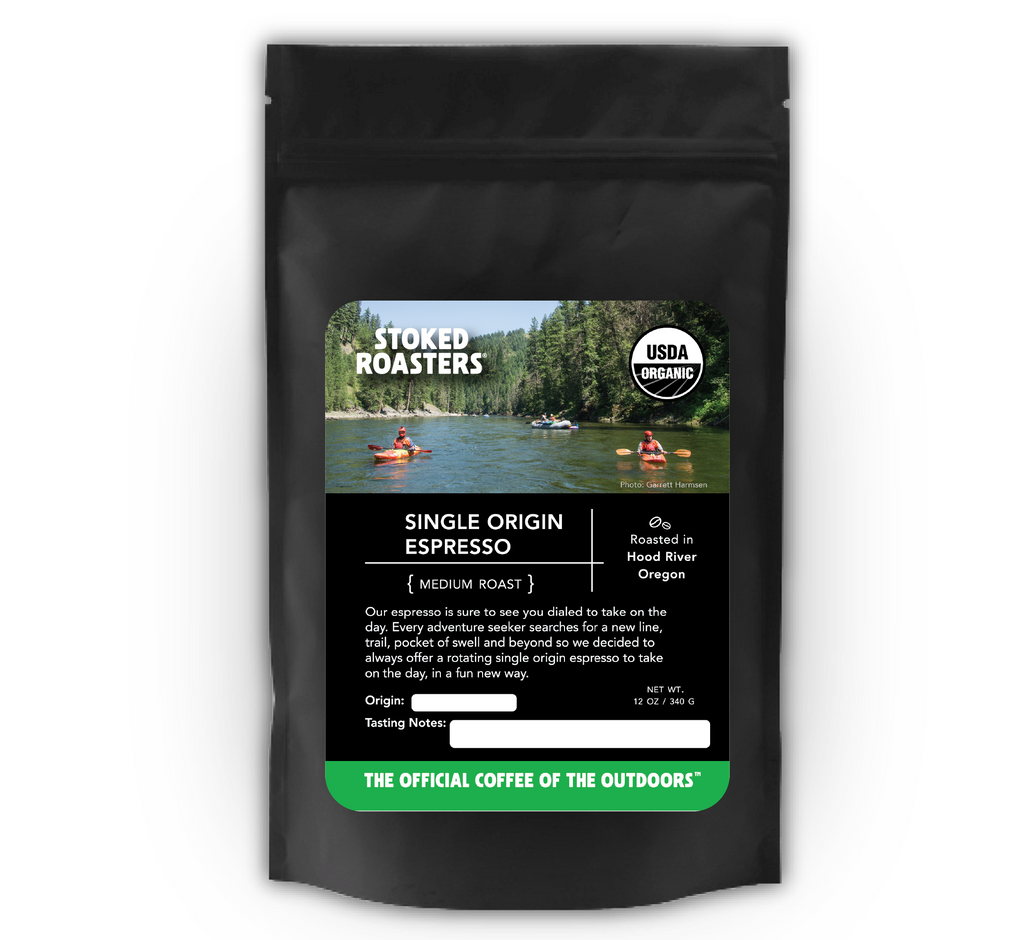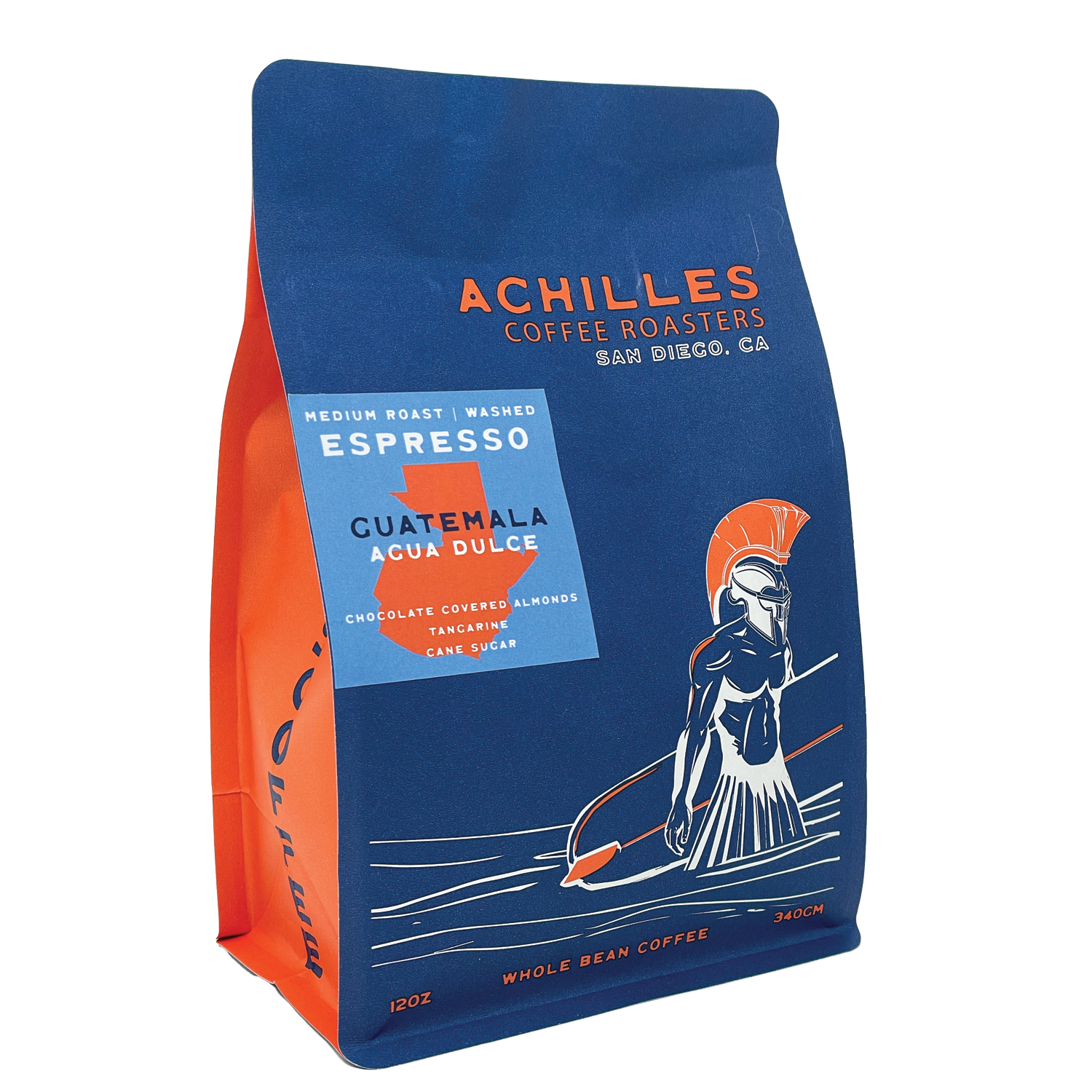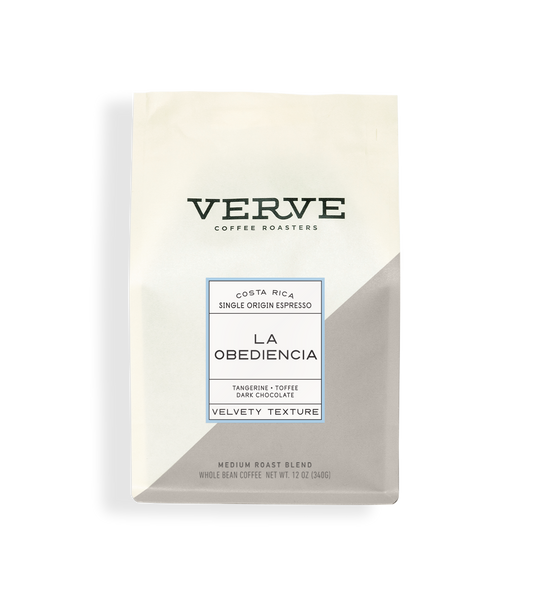Everything You Should Know Before Buying SOE Single Origin Espresso
Everything You Should Know Before Buying SOE Single Origin Espresso
Blog Article
Comprehending Coffee Beans: the Trip From Coffee to Blended Coffee Beans

The Beginnings of Coffee: A Global Perspective
While you might think about coffee as a modern-day staple, its beginnings map back centuries, linking with societies around the world. The tale starts in Ethiopia, where legend states a goat herder called Kaldi discovered the stimulating effects of coffee beans after observing his goats romping energetically after consuming them. This sparked interest, resulting in coffee's spread to Arab traders who cherished the made beverage. By the 15th century, it got to Persia, Egypt, and Turkey, where coffee shops became social hubs for discussion and society.
As profession routes broadened, coffee made its way to Europe in the 17th century, promptly gaining appeal. It transformed from a mystical beverage right into a day-to-day ritual, motivating events and intellectual exchanges. Each society included its distinct spin to coffee preparation, enriching its background. This international journey highlights just how coffee attaches us, going beyond boundaries and uniting varied practices through a simple bean.
Farming and Harvesting of Espresso Beans
As coffee's trip evolved, the emphasis changed to the cultivation and harvesting of certain bean ranges, particularly those utilized for coffee. You'll locate that espresso beans commonly come from Arabica or Robusta plants, each offering distinctive tastes. The ideal expanding problems include high altitudes and rich, well-drained soil, which improve the beans' high quality.
During the harvest, selecting approaches differ. In some regions, workers hand-pick ripe cherries, making sure just the ideal fruit mosts likely to handling. In other areas, mechanical harvesters are made use of, particularly on bigger ranches. When the cherries get to peak perfection for maximum flavor., timing is crucial; you want to harvest.
When collected, the beans are planned for processing, which is necessary in identifying their final taste. Understanding the cultivation and harvesting procedures provides you understanding right into what enters into your preferred espresso, improving your recognition for each mug.
Handling Approaches: From Cherry to Bean
Since you have actually learnt more about gathering espresso beans, let's discover just how those cherries change right into the coffee beans you love. You'll see just how various harvesting techniques impact flavor, complied with by the necessary steps of fermentation and drying out. We'll break down the milling and grading procedure that determines your coffee's quality.
Harvesting Strategies Described
When it comes to coffee, recognizing harvesting strategies is important, considering that they directly influence the taste and quality of the beans you take pleasure in. Careful picking involves hand-picking just ripe cherries, ensuring you obtain the ideal top quality beans. Ultimately, the option of gathering technique can greatly influence your coffee experience, so it's worth recognizing just how those beans made it to your mug.
Fermentation and Drying
After harvesting, the following action in handling coffee beans play a significant duty fit their flavor. You'll discover that fermentation is vital, as it aids damage down the mucilage surrounding the beans, boosting their taste profile. Depending on the approach, this process can last from a few hours to numerous days, with varying results based on temperature level and moisture.
When fermentation is full, drying follows, which is just as crucial. You can select from sun-drying or mechanical drying methods. Sun-drying permits the beans to soak up tastes from the setting, while mechanical drying out warranties regular wetness degrees no matter weather. Proper drying is important to avoid mold and protect the beans' high quality, ultimately affecting your mug of coffee.
Milling and Grading Process
As fermentation and drying established the phase for flavor development, the milling and grading procedure assurances that only the finest coffee beans make it to your cup. This phase involves getting rid of the outer layers of the coffee cherry, including the parchment and husk. After milling, the beans are arranged by size and weight, ensuring an uniform high quality. You'll discover that grading aids identify defects and classify beans, which influences flavor and aroma. High-quality beans get a greater grade, resulting in a richer coffee experience. As soon as rated, the beans are all set for product packaging and shipping, preserving their unique features. This careful procedure is crucial for providing the remarkable preference you enjoy in every sip of your favored mixture.
Roasting Techniques: Opening Flavor Potential
When you roast coffee beans, the technique you pick can substantially impact the flavor account. Understanding the partnership in between time, temperature, and roasting methods is key to disclosing the capacity of your mixture. Allow's check out how these elements come with each other to produce the perfect cup.
Roasting Methods Clarified
While you might believe that all coffee toasting methods yield the same outcomes, the reality is that each strategy reveals one-of-a-kind taste capacities in the beans. Drum toasting makes use of a turning drum to evenly disperse warmth, boosting caramelization and producing a balanced taste. Air roasting, on the various other hand, flows hot air around the beans, promoting a lighter roast with noticable acidity.

Effect On Taste Account
Different toasting approaches not only influence the procedure but also significantly impact the taste account of the coffee beans. Dark roasts, on the other hand, bring out vibrant, great smoky flavors, sometimes covering up the bean's one-of-a-kind characteristics. Recognizing these nuances assists you appreciate the virtuosity behind your cup of coffee, boosting your total experience with every sip.
Time and Temperature Factors
To release the complete taste potential of coffee beans, both time and temperature level during the roasting procedure play considerable duties. When toasting, you'll find that greater temperatures can swiftly establish flavors, however if you hurry it, you could wind up with scorched notes. On the other hand, lower temperatures permit a more steady flavor development, showcasing the beans' one-of-a-kind features.

Timing is simply as essential; expanding the roast too long can cause a loss of acidity and brightness, while also short a roast might leave the beans underdeveloped. Discovering that wonderful place calls for method and trial and error. By changing these factors, you can reveal the abundant, complex flavors concealed within each bean, producing a really impressive coffee experience.
The Art of Blending: Crafting Unique Coffee Profiles

Beginning by picking a base coffee that offers a solid structure. A brilliant Ethiopian bean can bring fruitiness, while a rich Brazilian coffee includes body.
As you blend, remember that each combination tells a story. You're not simply making coffee; you're developing an experience. So, take your time, preference often, and appreciate the trip of uncovering your trademark mix.
Brewing Methods: How Prep Work Impacts Flavor
Blending coffee opens a domain name of flavor possibilities, yet how you make that mix can considerably influence your final mug. Different developing approaches extract special flavors and fragrances, so it's crucial to select carefully. As an example, a French press permits oils and sediments to continue to be, producing a rich, robust experience. On the other hand, a pour-over highlights the coffee's clarity and brightness, perfect for showcasing fragile notes.
Espresso, with its high stress, produces a focused shot that highlights sweetness and crema. If you like a lighter mixture, think about a cool brew method; it yields a smooth, less acidic taste.
Eventually, experimentation is essential. Readjusting variables like water temperature, grind dimension, and brew time can transform your coffee's profile. So, embrace the art of brewing to uncover the flavors concealed in your coffee blends. The right method can boost your experience to new heights.
The Future of Coffee: Sustainability and Innovation
As the coffee market advances, sustainability and innovation are coming to be important for addressing environmental difficulties and conference consumer needs. You'll discover that more coffee firms are adopting environment-friendly techniques, from sourcing beans ethically to executing lasting farming methods. These changes not just help the planet however likewise improve the top quality of the coffee you appreciate.
You might see innovations like naturally degradable product packaging and water-saving brewing approaches that decrease waste. Advanced innovation, such as blockchain, is likewise coming to be preferred, ensuring transparency in the supply chain, which allows you to trace your coffee back to its origins.
Furthermore, buying regional areas and sustaining farmers via reasonable trade initiatives promotes a much more sustainable coffee ecological community. As you drink your next cup, bear in mind that your choices can Single Origin Espresso add to a brighter future for coffee. By selecting lasting brands, you're not just delighting in a beverage; you're making a positive effect on the globe.
Often Asked Concerns
What Is the Distinction In Between Arabica and Robusta Beans?
Arabica beans are smoother, sweeter, and have a higher acidity, while robusta beans are more powerful, much more bitter, and include even more caffeine. When brewing your coffee., you'll notice these distinctions in taste and aroma.
How Does Elevation Affect Coffee Bean Taste?
Elevation impacts coffee bean flavor substantially. Higher elevations generate beans with brighter level of acidity and complicated tastes, while reduced elevations typically produce beans that are much heavier and much less nuanced. You'll discover these distinctions in your cup!
What Are the Wellness Perks of Drinking Coffee?
Consuming alcohol coffee can improve your energy, enhance psychological focus, and even boost physical performance. It's abundant in antioxidants, might lower the danger of particular diseases, and can advertise a healthier metabolic rate when eaten in small amounts.
Can Coffee Beans Be Reused for Developing?
Yes, you can reuse coffee beans for developing, but the flavor could be weaker. If you appreciate exploring, attempt reusing them in different methods, like cool brews or including in healthy smoothies for an added kick.
How Should I Shop Coffee Beans for Quality?
To keep your coffee beans fresh, keep them in an impermeable container in an amazing, dark location. Avoid subjecting them to wetness, light, or warmth, as these aspects can promptly weaken their flavor and fragrance.
Understanding Coffee Beans: the Trip From Espresso to Blended Coffee Beans.
Currently that you've discovered about collecting coffee beans, let's explore exactly how those cherries change right into the coffee beans you enjoy.When you roast coffee beans, the method you select can significantly impact the flavor account - Single Origin Espresso.While you might assume that all coffee roasting methods produce the exact same outcomes, the fact is that each strategy exposes special taste potentials in the beans.Different roasting approaches not just influence the process yet likewise greatly impact the taste profile of the coffee beans
Report this page